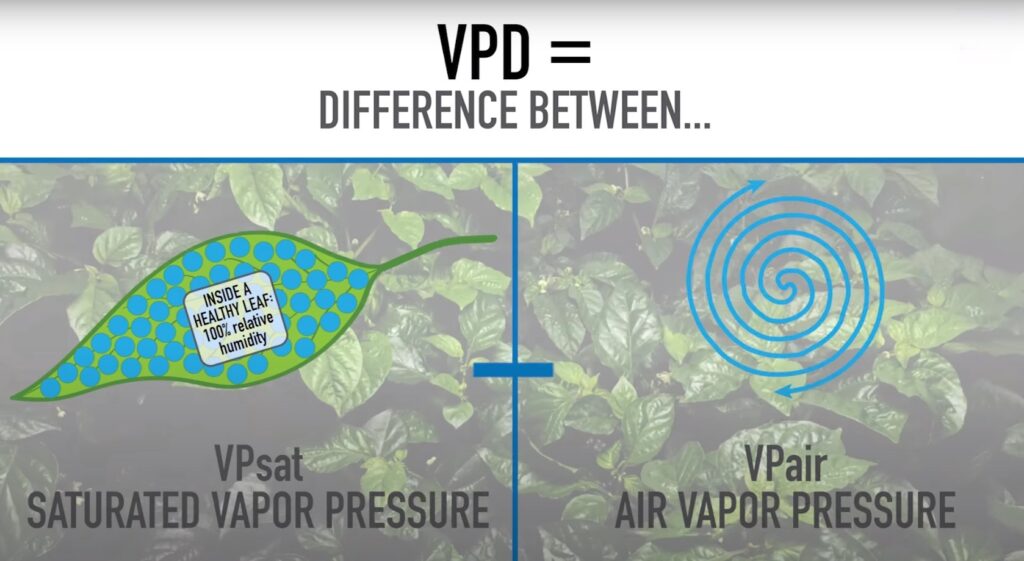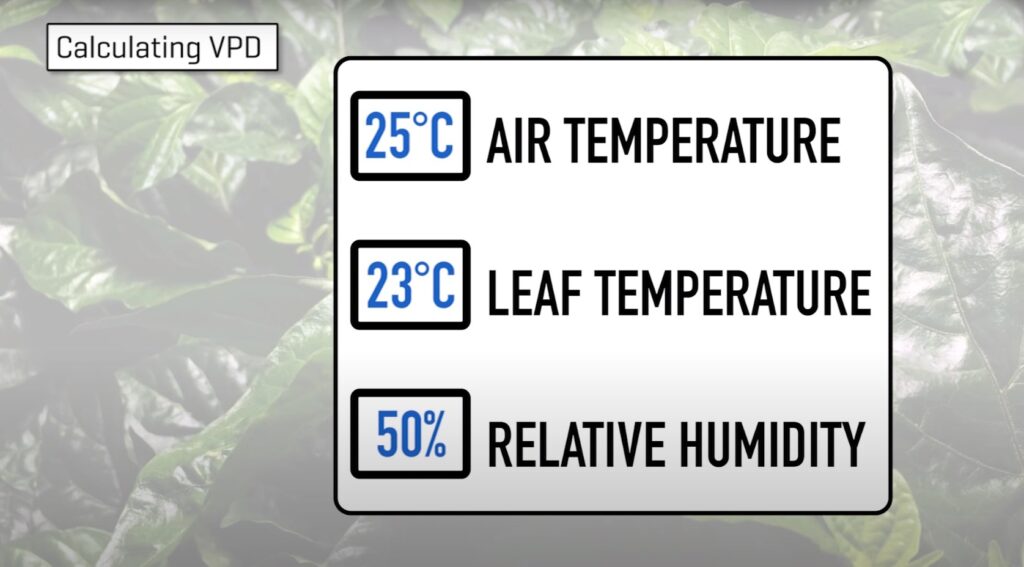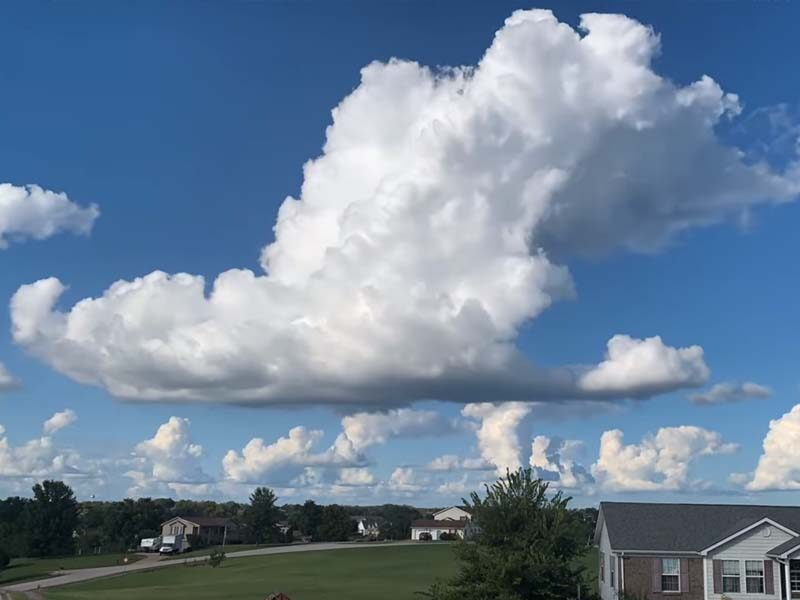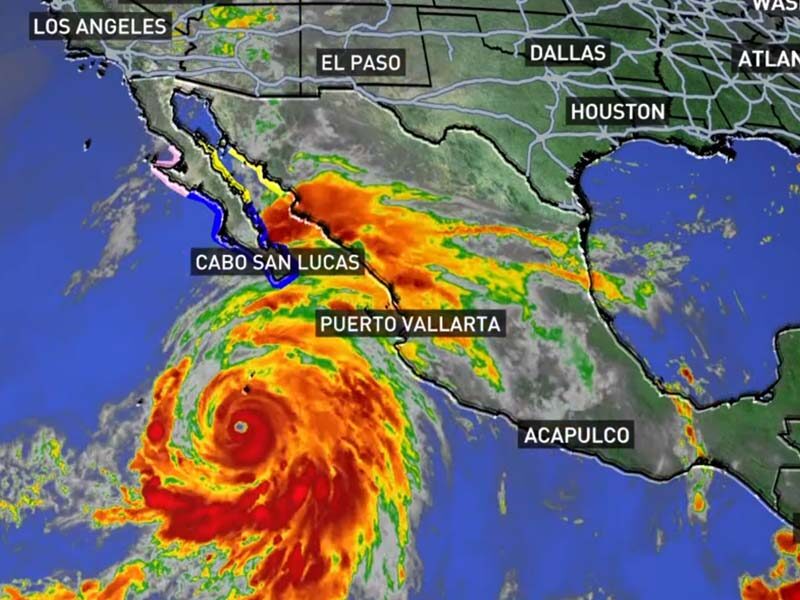When it comes to plant health and growth, there are numerous factors at play, including light, temperature, and nutrients. However, one often overlooked but critical factor is vapor pressure deficit which refers to the difference between the amount of moisture in the air and the maximum amount of moisture the air can hold at a specific temperature. Understanding and managing VPD is essential for maintaining optimal plant health and maximizing yields, whether in a greenhouse or outdoor setting.
In this article, we will delve into the concept of VPD, its effects on evaporation, methods to measure and manage, as well as practical tips for achieving an ideal VPD range. By optimizing it, we can create an environment where plants thrive, leading to healthier, more robust growth.
Understanding Vapor Pressure Deficit
To grasp the concept of vapor pressure deficit, we must understand the relationship between temperature, humidity, and evaporation. VPD refers to the difference between the actual vapor pressure (the amount of moisture present in the air) and the saturation vapor pressure (the maximum amount of moisture the air can hold at a specific temperature). It represents the drying potential of the air.
Plants rely on transpiration, the process of water movement from the roots to the leaves, to transport water and nutrients. VPD plays a crucial role in regulating transpiration rates. When it’s high, with lower humidity and higher temperature, the air has a greater capacity to absorb moisture. This creates a gradient that facilitates water movement from the plant’s roots through the stems and leaves, promoting efficient nutrient uptake and growth.
Calculating VPD involves measuring temperature and relative humidity. The formula is as follows:
VPD = Saturation Vapor Pressure – Actual Vapor Pressure
Saturation Vapor Pressure can be obtained using various mathematical models or lookup tables based on temperature. Actual Vapor Pressure is determined using the measured relative humidity and temperature. The resulting value indicates the drying potential of the air and its impact on plant transpiration.

Measuring VPD: Tools and Techniques
Accurate measurement of VPD is essential for effective management. Several tools and techniques can be used to measure temperature, relative humidity, and vapor pressure, which are then used for calculations.
Here are some commonly used instruments and methods:
- Hygrometers: Hygrometers are devices specifically designed to measure humidity levels. They use various principles such as hair tension, electrical capacitance, or thermal conductivity to determine relative humidity;
- Psychrometers: Psychrometers consist of two thermometers, one with a dry bulb and another with a wet bulb. By comparing the temperature difference between the two, along with ambient temperature, relative humidity can be calculated;
- Data Loggers: Data loggers equipped with temperature and humidity sensors are commonly used to collect continuous data over time. These devices provide accurate and reliable measurements, enabling growers to analyze VPD trends and make informed decisions;
- Calculators and Sensors: With advancements in technology, specialized calculators and sensors have become increasingly popular. These devices provide real-time data by combining temperature and humidity measurements, simplifying the process and offering convenience for growers.
When measuring, it’s essential to consider the specific requirements of different plant species. Each plant has its own range that promotes optimal growth and minimizes stress.
For example, cannabis plants have specific preferences depending on the growth stage:
- Vegetative Stage: Ideal VPD range for cannabis in the vegetative stage is between 0.4 and 0.8 kPa (kilopascals);
- Flowering Stage: Ideal range for cannabis in the flowering stage is between 0.8 and 1.2 kPa.
By regularly monitoring VPD and comparing it to the ideal range for cannabis, growers can make adjustments to maintain favorable conditions for their plants, promoting healthy growth and maximizing yields.
Key Points for Understanding and Measuring Vapor Pressure Deficit
- VPD represents the drying potential of the air and influences transpiration rates in plants;
- It’s the difference between the actual vapor pressure and saturation vapor pressure;
- Calculating VPD involves measuring temperature, and relative humidity, as well as using the formula;
- Tools such as hygrometers, psychrometers, data loggers, and VPD calculators/sensors aid in measuring the deficit;
- Different plant species, including cannabis, have specific preferences for optimal growth;
- The ideal range for cannabis in the vegetative stage is between 0.4 and 0.8 kPa;
- The ideal range for cannabis in the flowering stage is between 0.8 and 1.2 kPa;
- Regular monitoring and comparing VPD to the ideal range allows growers to maintain optimal conditions for their plants.
Optimal Range for Plant Growth
Different plant species have varying requirements for optimal VPD, and it is crucial to understand the ideal range for specific crops. Generally, a moderate to slightly high range is preferred during the vegetative growth stage, while a lower range is beneficial during flowering and fruiting stages. Striking the right balance ensures efficient water uptake, nutrient absorption, and transpiration rates, leading to healthy plant development and improved yields.

It’s important to note that the optimal range can vary depending on specific environmental conditions, such as temperature and humidity. Growers should regularly monitor VPD and make adjustments to maintain the appropriate range throughout the various stages of plant growth.
Managing VPD: Techniques for Optimization
Maintaining an optimal range requires managing environmental factors such as temperature and humidity. To increase it, reducing humidity through dehumidification techniques like ventilation, air conditioning, and desiccant dehumidifiers can be employed. These methods help to remove excess moisture from the air, creating a drier environment that promotes a higher range.
Proper air circulation is also crucial for VPD management. Stagnant air can lead to high humidity pockets, hindering optimization. By using fans, natural ventilation, or forced air systems, growers can ensure consistent air movement throughout the growing space, preventing the buildup of excess moisture and maintaining an ideal range.
In greenhouse settings, additional techniques can be employed to regulate temperature and humidity. Using shade cloths or curtains helps to control light intensity and reduce heat buildup. Evaporative cooling systems, such as misting or fogging, can also be utilized to lower temperatures and increase VPD. These techniques contribute to a more favorable growing environment and enhance plant health.
Tips for Effective VPD Management
To further enhance the management, consider the following tips:
- Monitor and adjust temperature and humidity levels regularly: Regularly measure and monitor temperature and humidity levels in the growing environment. Make necessary adjustments to maintain the optimal range;
- Use appropriate ventilation and circulation systems to maintain airflow: Ensure proper ventilation and air circulation throughout the growing space. This helps to prevent stagnant air and pockets of high humidity;
- Employ shade cloths or curtains to regulate light intensity and temperature: Use shade cloths or curtains to control the amount of light reaching the plants and reduce excessive heat buildup. This helps to maintain favorable temperature and VPD levels;
- Water plants strategically to maintain optimal soil moisture levels: Water plants based on their specific needs, ensuring that the soil moisture levels remain within the desired range. Avoid overwatering, as excessive moisture can lead to higher humidity and lower VPD;
- Implement a comprehensive pest and disease management strategy: VPD can influence the susceptibility of plants to pests and diseases. Maintain proper hygiene, monitor for pests and diseases, and implement appropriate control measures to prevent any negative impact on plant health.
Ensuring Food Safety: Importance of VPD in Storage
Optimal vapor pressure deficit management extends beyond plant growth to post-harvest storage and food safety. Improper storage conditions, such as high humidity or fluctuating temperatures, can lead to mold growth, spoilage, and foodborne illnesses.
Maintaining an appropriate range during storage is crucial to preserving the quality and safety of harvested produce. Adequate ventilation, temperature control, and monitoring of VPD levels in storage facilities contribute to prolonged shelf life and reduced risks of food contamination.
By ensuring proper management throughout the entire crop cycle, from cultivation to post-harvest storage, growers can enhance both plant health and the quality and safety of the harvested produce.
Key Points for VPD Management
| Key Points | Description |
|---|---|
| Understand VPD | Comprehend the concept of vapor pressure deficit and its impact on plant health and growth. |
| Measurement | Utilize tools and techniques to measure temperature, relative humidity, and vapor pressure for accurate vapor pressure deficit calculations. |
| Optimal Range | Determine the ideal range for specific plant species and growth stages to ensure efficient water uptake and transpiration. |
| Tips for Management | Employ techniques like dehumidification, air circulation, and greenhouse management to optimize VPD levels. Follow practical tips such as monitoring temperature and humidity, employing shading, and implementing pest management. |
| VPD in Post-Harvest Storage | Recognize the importance of VPD in post-harvest storage to preserve the quality and safety of harvested produce. |
| Regular Monitoring | Monitor temperature, humidity, and the levels regularly to make necessary adjustments and ensure optimal conditions. |
| Implementing Ventilation | Use proper ventilation techniques to maintain airflow and prevent the buildup of excess moisture. |
| Shade and Temperature Control | Employ shade cloths or curtains to regulate light intensity and temperature, maintaining a favorable range. |
| Strategic Watering | Water plants strategically in order to maintain optimal soil moisture levels, avoiding overwatering and high humidity. |
| Pest and Disease Management | Implement comprehensive pest and disease control measures to prevent negative impacts on plant health. |
| Proper Storage Conditions | Ensure appropriate VPD levels in post-harvest storage facilities through ventilation and temperature control. |
Conclusion
Understanding and effectively managing VPD is a vital aspect of plant health and growth. By comprehending the relationship between temperature, humidity, and evaporation, growers can optimize vapor pressure deficit to create an environment that supports healthy plant development and maximizes yields.
Through careful measurement, monitoring, and implementation of appropriate management techniques, we can harness the power of VPD to cultivate thriving plants and ensure the quality and safety of harvested produce. By paying attention, we unlock a valuable tool for successful cultivation and contribute to sustainable and fruitful agricultural practices.


